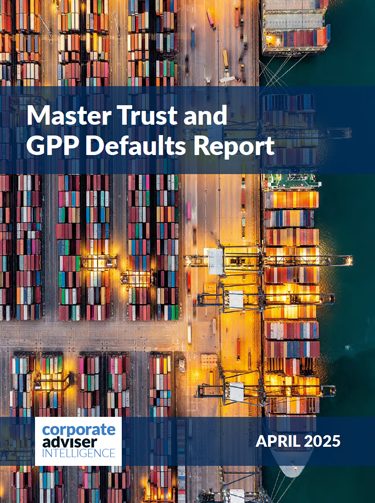Schroders stays committed to its long-term investment strategy as its Long-Term Asset Fund (LTAF) reaches its two-year milestone. The firm continues to evolve its approach to meet demands in an uncertain economic climate as master trusts grow and their needs become more sophisticated.
Investment evolution
According to Ryan Taylor, the firm’s UK institutional client director, master trusts used to rely on pre-existing Schroders funds for default investments, much like traditional defined contribution (DC) schemes. But as these trusts have grown, they’ve started looking for more tailored investment solutions.
Taylor says: “We evolved into managing solutions for master trusts, building bespoke funds to support them.”
He points out that as these trusts have become more sophisticated, they’re now asking for customised strategies rather than ‘off-the-shelf’ options.
He adds: “As they get bigger, their needs have changed, and we’ve adapted to meet those over the years.” This shift is likely to continue, especially as growth and regulatory changes push the boundaries for what’s considered a sustainable minimum fund size.
Taylor says: “If the government wants only a certain number of funds above a set size, discussions arise about the ideal scale.”
Taylor believes that bigger funds bring more diversification and better risk management, saying: “A large fund opens up more opportunities.”
The government has suggested 25 to 50 master trusts, but Taylor wonders whether this is too many. Industry discussions are pointing to £10 billion in assets under management (AUM) as a realistic starting point for sustainability.
While some consolidation is expected, Taylor doesn’t think it will be as drastic as some predict. He believes that most of the top 15–20 master trusts should still meet the regulatory requirements.
“We’re not expecting major rationalisation, but some exits or mergers may happen,” Taylor says, noting that changes in the master trust market are just part of its natural evolution, not an abrupt shake-up.
Performance & sustainability
Schroders says that despite shorter-term volatility in markets, it is sticking to the longer-term view, believing that a time horizon that look decades ahead is likely to lead to better outcomes.
According to Taylor, this approach requires patience, and some people argue might be too optimistic. Some say that sticking to a long-term plan without adapting to short-term changes could be risky, especially with rising interest rates and growing global tensions.
Schroders says this longer-term view feeds into its approach to sustainability and ESG investing. However, some critics believe many firms treat ESG as more of a marketing tool than something truly integrated into their financial strategies.
Taylor also acknowledges there’s still some debate about whether ESG investments actually lead to better returns. With increasing regulatory scrutiny around ESG claims, he notes that firms like Schroders might face tougher questions about the real impact of their sustainability efforts.
AI
Schroders is leaning into artificial intelligence and data analytics to help shape their asset management approach like many investment firms.
Taylor says new tools like AI and data analytics are helping master trusts process data faster and support better outcomes as schemes grow. He notes: “AI and data analytics are changing the game. We can now process vast amounts of information at unprecedented speeds, giving us deeper insights into market trends.”
There’s also concern about creating vulnerabilities in the system as more firms rely on AI-driven models. If too many companies use the same algorithms, it could lead to market instability.
For investors worried about economic instability, Taylor’s advice is simple: “Stay patient, stay diversified, and think long-term. Trying to time the market doesn’t work.”





